Table of content
Chinese cuisine is renowned for its soul-warming soups, and among the most cherished is baoya tang (煲鸭汤), or braised duck soup. This nourishing dish, steeped in tradition, combines tender duck meat, aromatic herbs, and vegetables to create a broth that is both deeply flavorful and restorative. Whether enjoyed during chilly winters or as a remedy for fatigue, this soup embodies the essence of home-cooked comfort. Below, we explore the intricacies of preparing this classic recipe, from selecting the finest ingredients to mastering the simmering technique that unlocks its full potential.
The Philosophy Behind Duck Soup
In Chinese culinary culture, soup-making is an art form rooted in balance and intention. Duck, prized for its rich flavor and nutritional benefits, is often used in soups to invigorate the body, particularly the qi (vital energy) and yin (cooling energy). Unlike chicken, which is neutral in nature, duck is considered “cooling,” making it ideal for counteracting dryness or heat in the body. When slow-cooked with herbs like goji berries, jujube dates, and ginger, the soup transforms into a harmonious blend of earthy, sweet, and savory notes.
Ingredients: Building Flavor Layers
The success of any soup hinges on the quality of its ingredients. For duck soup, freshness is non-negotiable. Opt for a whole duck or duck legs/thighs—organic or free-range varieties yield the most tender meat and less fatty broth. Below is a list of essential and optional ingredients to customize your soup:
Essential Components
- Duck (2–3 lbs): Whole duck, duck legs, or thighs.
- Ginger (3-inch knob): Sliced or smashed to mellow the duck’s gaminess.
- Scallions (4–5 stalks): Cut into 2-inch segments to add freshness.
- Water (8–10 cups): Use filtered water for clarity.
- Salt (to taste): Added at the end to preserve broth purity.
Aromatic Herbs and Vegetables
- Dried Jujube Dates (6–8 pieces): Sweet and nutty, they add depth.
- Goji Berries (1–2 tbsp): Subtle tartness and vibrant color.
- Dried Shiitake Mushrooms (4–5 pieces): Rehydrated for umami richness.
- Corn (1–2 cobs): Cut into rounds for natural sweetness.
- Carrots (2 medium): Peeled and chopped into chunks.
- Daikon Radish (1 medium): Sliced for a mild, cleansing flavor.
Optional Enhancements
- Wolfberries (1 tbsp): For an extra antioxidant boost.
- Chinese Ham (2–3 slices): Smoky saltiness (use sparingly).
- Astragalus Root (1–2 pieces): Traditional medicinal herb for immunity.
- Lotus Root (1 section): Sliced for crunch and starchiness.
Preparation: The Foundation of Flavor
Before simmering begins, proper preparation ensures the soup’s clarity and richness.
Cleaning the Duck
- Rinse the duck under cold water, paying special attention to the cavity.
- Remove any excess fat or lingering feathers.
- For whole ducks, trim the neck and tail if desired.
Blanching (Parboiling)
A critical step to eliminate impurities and reduce scum:
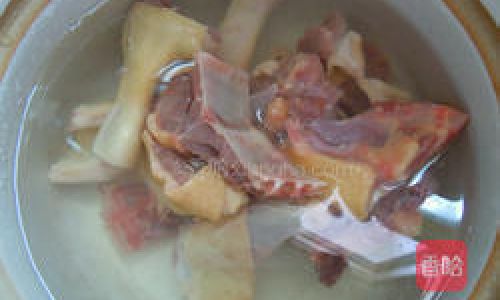
- Fill a large pot with cold water and submerge the duck.
- Bring to a boil over high heat, then reduce to a simmer for 5 minutes.
- Discard the water and rinse the duck under cold water to halt cooking.
Prepping Aromatics
- Smash ginger with the flat side of a knife to release juices.
- Soak dried mushrooms and jujubes in warm water for 15–20 minutes until softened.
- Chop vegetables into uniform pieces for even cooking.
Cooking Process: The Alchemy of Simmering
The magic of duck soup lies in its slow simmer—a process that transforms tough meat into silk and infuses the broth with layered flavors.
Searing the Duck (Optional but Recommended)
- Heat 1–2 tbsp of oil in a Dutch oven or heavy-bottomed pot.
- Sear the duck skin-side down until golden (3–4 minutes per side).
- This step caramelizes the skin, adding depth to the broth.
Building the Broth
- Return the duck to the pot (or add if skipping searing).
- Toss in ginger, scallions, jujubes, goji berries, and mushrooms.
- Pour in water, ensuring all ingredients are submerged.
- Bring to a boil, then immediately reduce heat to the lowest setting.
The Slow Simmer
- Cover the pot and let it bubble gently for 2–3 hours.
- Skim off any foam or fat that rises to the surface periodically.
- Add corn, carrots, and daikon during the last hour to prevent overcooking.
Final Touches
- Test the duck meat for tenderness—it should yield easily to a fork.
- Stir in salt to taste (start with 1 tsp and adjust).
- For a clearer broth, strain through a fine-mesh sieve, reserving the meat and solids.
Tips for Perfecting Your Soup
- Fat Control: Duck is inherently fatty. To reduce greasiness, chill the broth overnight and scrape off congealed fat.
- Herb Ratios: Avoid overcrowding the pot with herbs, as they can dominate the flavor. Stick to 2–3 complementary ingredients.
- Water Quality: Use cold water initially to ensure proteins coagulate slowly, yielding a clearer broth.
- Patience: Resist the urge to boil vigorously—low heat preserves nutrients and prevents cloudiness.
Variations to Explore
- Spicy Kick: Add Sichuan peppercorns or chili oil during serving.
- Herbal Infusion: Incorporate ginseng or angelica root for a medicinal twist.
- Noodle Soup Base: Strain the broth and use it as a base for ramen or rice noodles.
- Fermented Tofu: Mash 1–2 cubes into the broth for a pungent, savory depth.
Serving Suggestions
- Rice Pairing: Serve with steamed jasmine rice to soak up the broth.
- Dipping Sauce: Mix soy sauce, sesame oil, and minced garlic for duck meat.
- Garnishes: Fresh cilantro, sliced chili, or a squeeze of lime for brightness.
The Cultural Significance of Duck Soup
Beyond the kitchen, duck soup holds a cherished place in Chinese familial traditions. It is often prepared for new mothers to aid recovery, for the elderly to boost vitality, and during festivals as a symbol of abundance. The act of simmering a pot for hours mirrors the patience and care invested in nurturing loved ones—a testament to the adage that food is love.
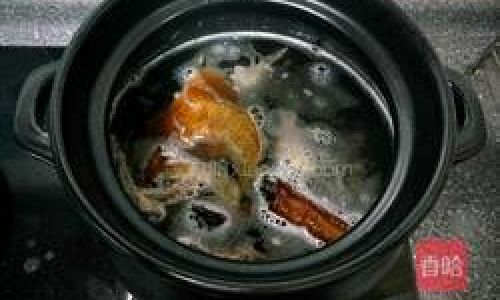
Troubleshooting Common Issues
- Bitter Broth: Overcooked ginger or burnt aromatics can cause bitterness. Stick to low heat and remove ginger after simmering.
- Cloudy Broth: High heat or insufficient skimming. Maintain a gentle simmer and skim diligently.
- Tough Meat: Undercooking. Ensure a minimum 2-hour simmer for whole ducks.
Conclusion: The Joy of Slow Cooking
In a world that prioritizes speed, the ritual of making duck soup offers a meditative pause. It is a dish that rewards patience, where each bubble on the surface whispers of tradition and care. Whether you are a novice cook or a seasoned home chef, mastering this soup is an invitation to savor the simple act of nourishing body and soul. So, gather your ingredients, set your timer, and let the kitchen fill with the aroma of a timeless classic. Your future self—and those lucky enough to share your table—will thank you.
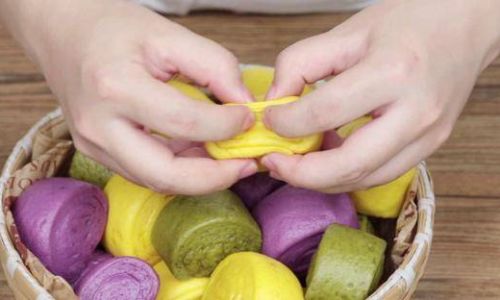
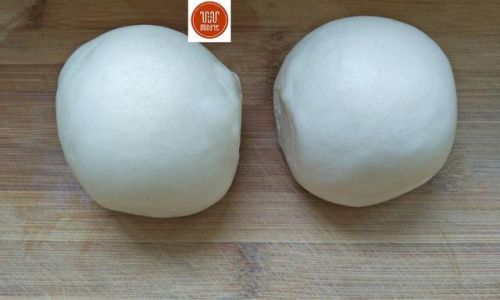
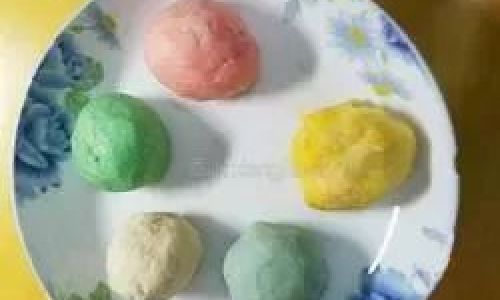
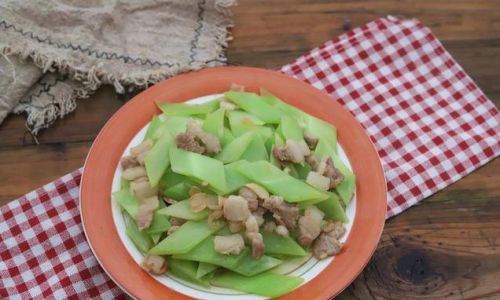
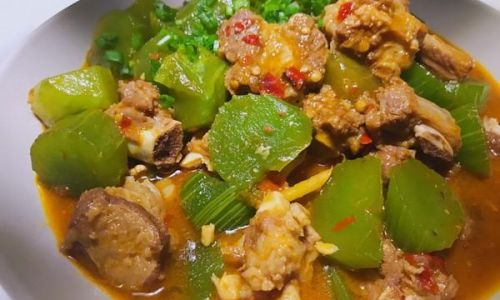
0 comments